Piercing Healing: How to Properly Care for a New Piercing
The idea of wearing a piercing appeals to many.
It's important to understand that this is a collaborative effort between the piercer and you. The healing outcome depends on following the piercer's recommendations. It is crucial to do everything possible to ensure the area heals properly and that no scars remain at the piercing site. After all, a piercing is an open wound that requires appropriate care.
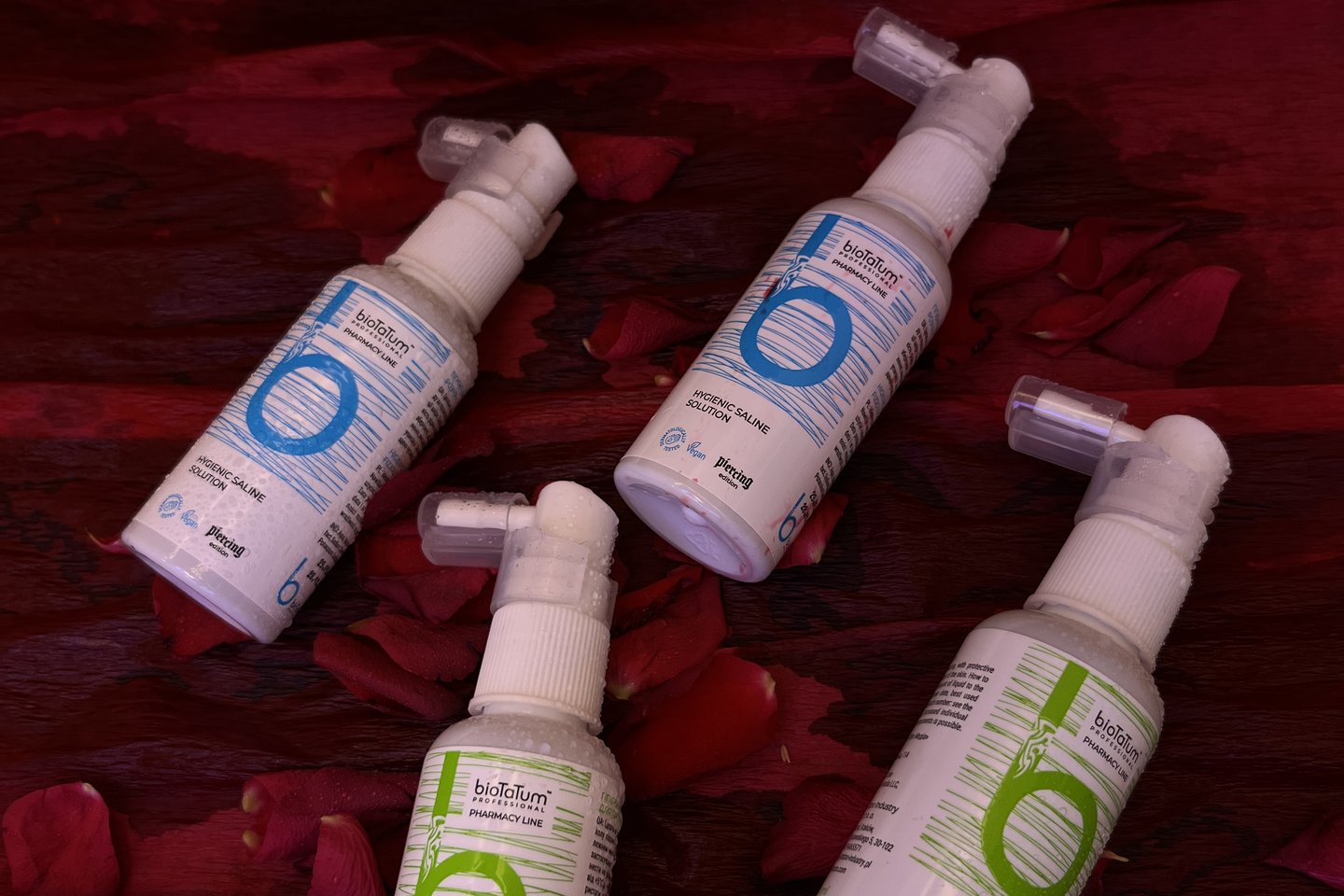
Ears, nose, belly button, nipples:
- Apply an antibacterial spray to all sides of the piercing. Gently wipe it with a cotton swab to clean the piercing and jewelry from contaminants, dust, plasma, blood, etc. This procedure should be repeated daily, 3-4 times a day for two weeks post-procedure.
- Spray a special solution on all sides of the piercing and carefully remove the remnants with a cotton swab. Repeat this twice a day for a month after the procedure.
- Regularly check the security of the jewelry. Sometimes the jewelry may become loose.
- After 2-4 weeks, you may need to visit the studio to reduce the size of the earring and minimize the risk of injury (not necessary for the nose and belly button).
- A ring can be inserted into the piercing no earlier than 2-2.5 months after the procedure.
- After cleaning nipple and belly button piercings, cover them with a clean dressing for two weeks post-procedure to minimize the risk of injury.
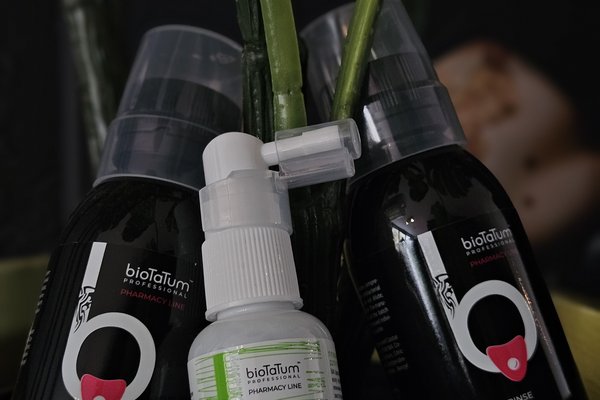
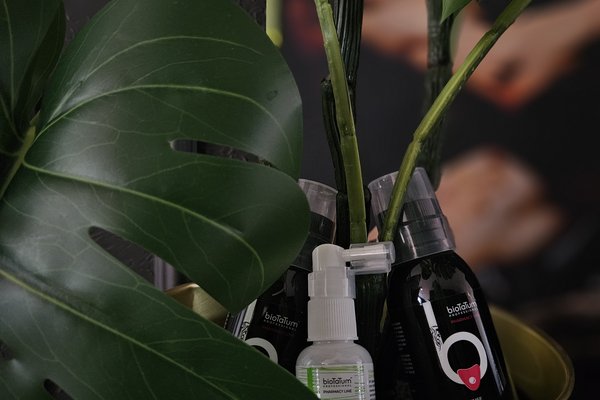
Tongue, smiley, lips:
- Dilute an antibacterial liquid concentrate at a 1:2 ratio. Rinse the piercing site 3-4 times a day for two weeks after the procedure. During the healing period after eating, it is advisable to rinse the mouth with water.
- It is necessary to regularly check the security of the jewelry as they may loosen.
- After 2-4 weeks, you should contact the studio to reduce the size of the jewelry to minimize the risk of injury (smiley is optional).
- The external surface of the lips should be treated just like an ear piercing.
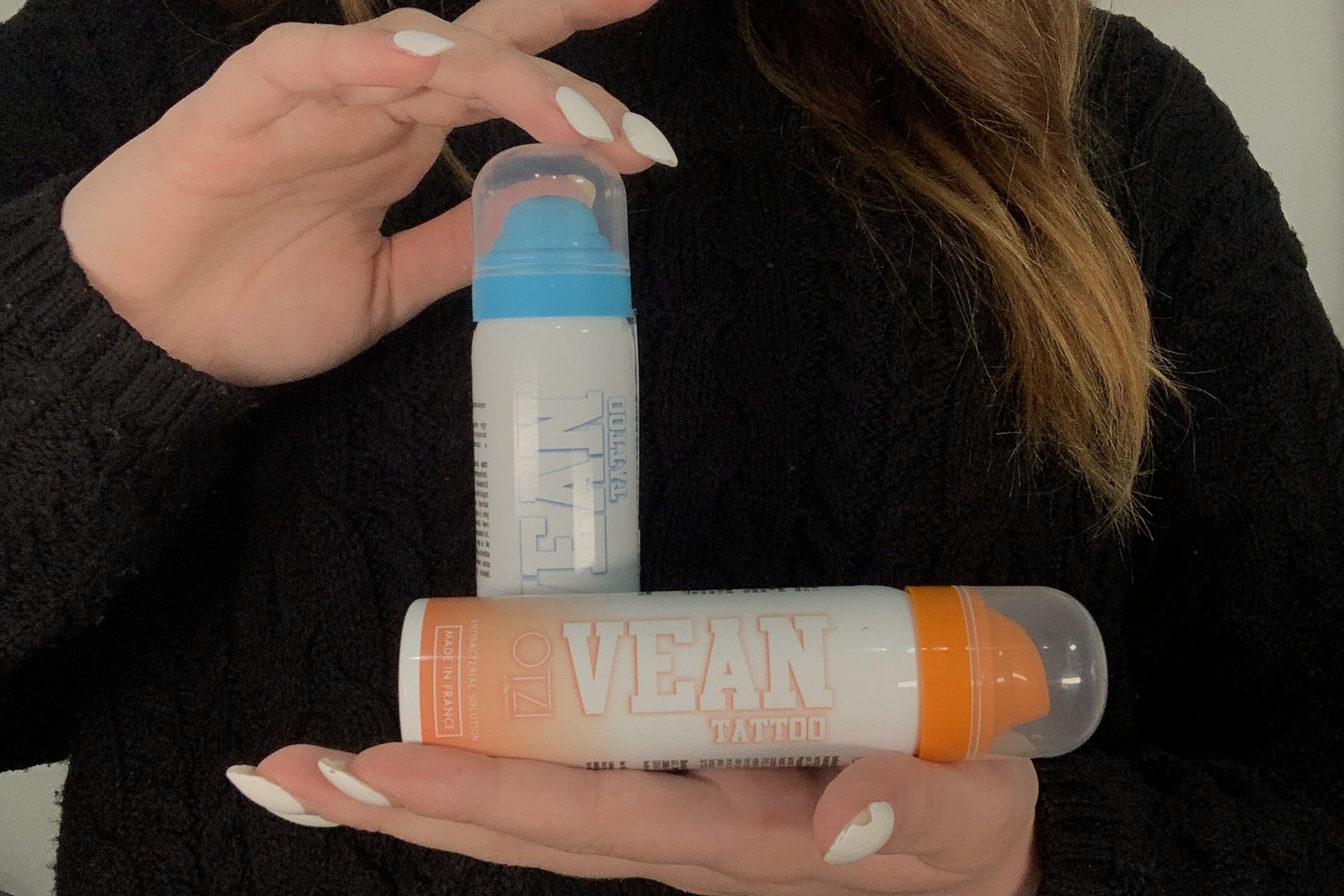
What is Considered
Normal During Healing
In the first few weeks at the piercing site, you may notice bleeding, localized swelling, or bruising.
You might also observe a change in skin color, itching, and the discharge of a whitish-yellow fluid (not pus) that forms a protective crust. All these symptoms are considered normal and should not cause concern.
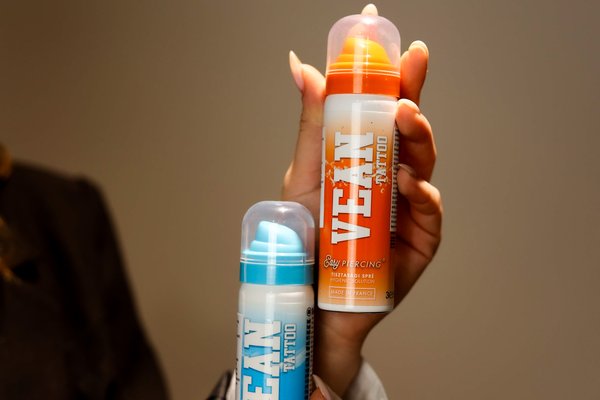

How Long It Takes
for a New Piercing to Heal
Depending on the type of piercing, different body areas heal at varying speeds.
This depends on the person's health condition, quality of sleep, stress levels, diet, and proper regular care.
For example, a tongue piercing heals the fastest due to the intense blood flow characteristic of this area. Usually, it takes no more than one to three months. Earlobes typically heal within six weeks, while cartilage piercings or nose piercings can take from six to 12 months, and a belly button up to a year.
It is important to know that a piercing might appear healthy before the healing process is complete. This is because the damaged tissue heals from the outside in. Although it may look healthy, the inner part remains fragile. The key is to be patient and continue caring throughout the entire healing period as instructed by your piercer.
Signs That Your Piercing Has Healed:
- No more discharge or crust formation.
- The edges of the piercing look healthy and have an appropriate color (without redness or other signs of inflammation).
- The jewelry moves freely inside.
- No swelling, flaking, or painful sensations.
After the recommended healing period, consult your piercer to check the condition of the piercing. If necessary, they will provide assistance and professional advice.
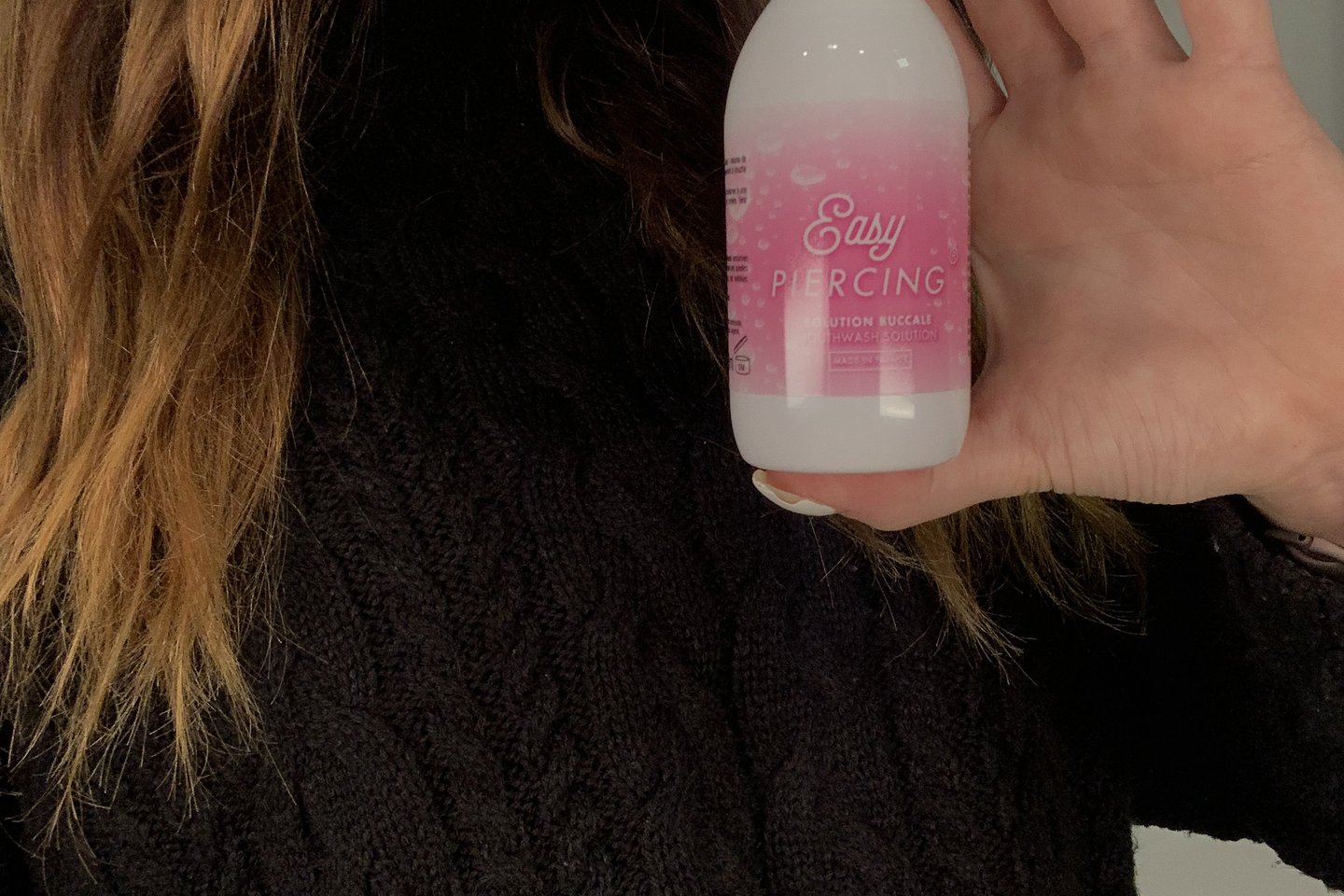


 Create a sketch in the VEAN TATTOO AI generator
Create a sketch in the VEAN TATTOO AI generator





